Teams do not become self-organized in a day. They have to work towards self-organization. Agile collaboration doesn’t fix this but enables it.
Traditional project teams would create a detailed plan outlining the steps from the first to the last. There was not much deviation from the steps and if changes were to occur, there were no do-overs. Not much outside of box thinking is required. In this article we will discuss game-changing agile collaboration team techniques
- Agile Teams are Made for Missions
- Establish Trust for Successful Collaboration
- Establish Agile Team Working Agreement
- Encourage Team Autonomy
- Create Backlog for Products
- Create a Comfortable Workplace
- Effective Onboarding
- Effective Communication = Face to Face Communication
- Focus on Execution
- Solve problems with experiments
- Embrace Change and Evolve Communication
- Support Virtual Agile Team Collaboration
- Avoid Silos for constant Communication
- Agile Collaboration Team Games
- Use Agile Dashboards
Agile software development project teams on other hand plan continuously at all stages of the project. There are constant adjustments to make the project a success which requires high standard of collaboration so the agile team are innovative, adaptable, and responsive to changing conditions.
The Agile manifest number one principle is “Individuals and interactions over processes and tools.” and number three “Customer collaboration over contract negotiation”. Change is expected in Agile projects which is the biggest difference to other project management and industries.
Agile Teams are Made for Missions
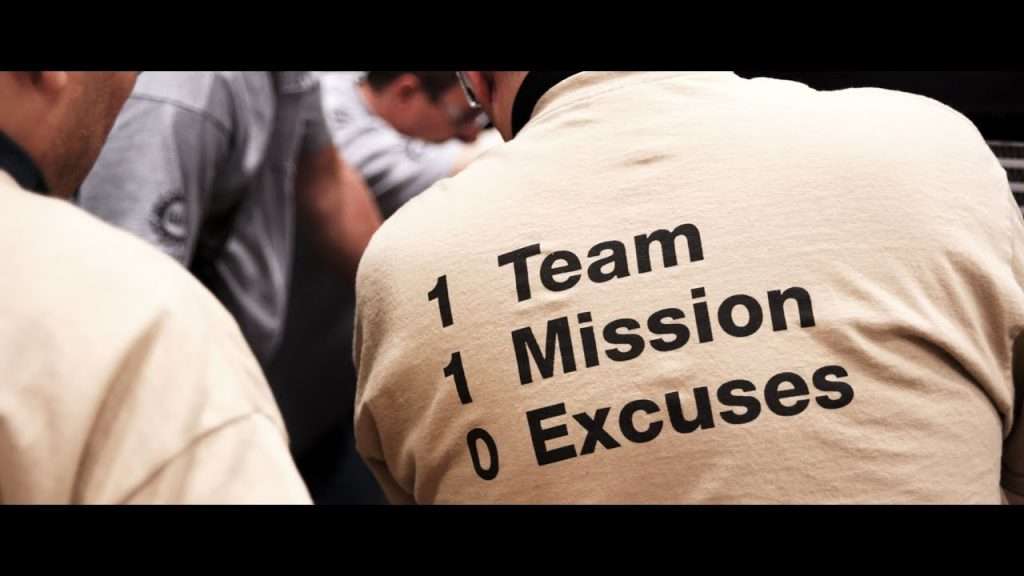
Every Agile team needs a mission. A purpose. A hill climb. A sprint goal to hit. Challenge the team to achieve something bigger than individuals.
Teams need missions like companies need north star.
“Individual commitment to a group effort—that is what makes a team work, a company work, a society work, a civilisation work.”
Vince Lombard
In Agile projects a team needs to be efficient to realize goals. However, for them to be efficient, they need to work together as a team every day. People who work together are not necessarily a team unless they collaborate. Team efficiency can be achieved through different components, including:
- Communication
- Effort
- Cohesion
- Coordination
- Mutual support
- Balancing member contributions
Establish Trust for Successful Collaboration
The Scrum team principle works on five different values; commitment, transparency, openness, courage, and respect.
When a team inculcates these values in everything they do, they are able to move forward and achieve their goals. Each of these values is related to all the others. For instance, there can never be transparency without commitment.
Again, transparency and openness allow the team members to respect each other. Courage enables the team members to practice all the other values.
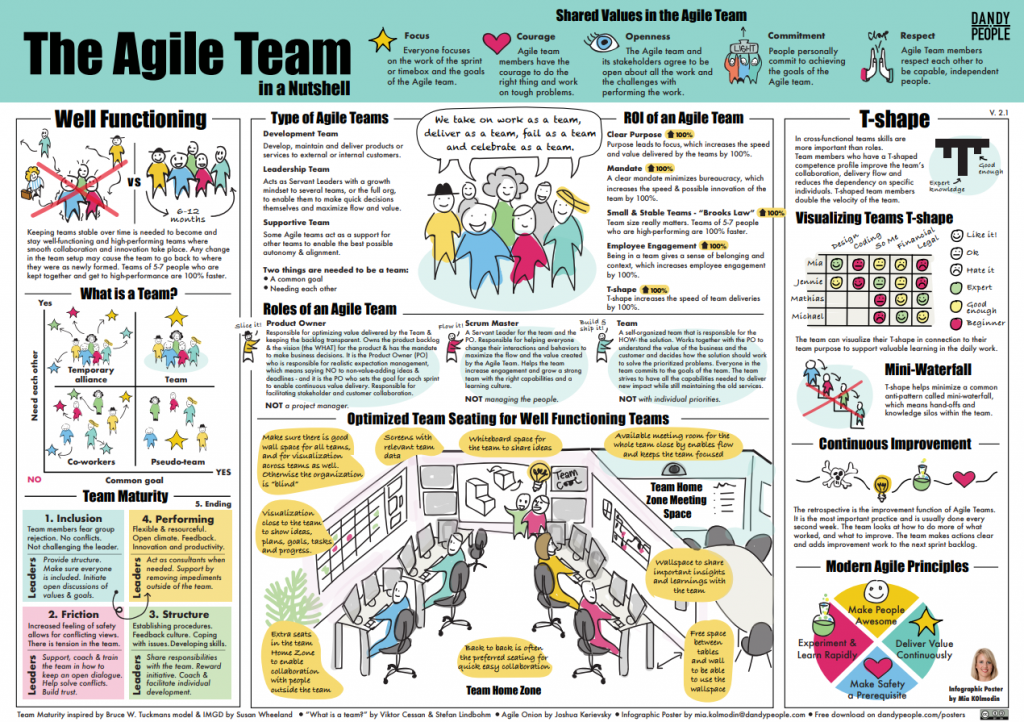
When a team observes the values of the Agile collaboration, they are able to establish trust among themselves.
Trust cannot be represented in metrics. It is something that teams develop with time, and it can be seen in daily interactions, during meetings, and when performing tasks.
Without trust, communication will suffer and a team may not meet their set goals.
The agile product team has to commit to maintaining the set disciplines. As such, they have to set the disciplines together so that everyone is on board and can hold themselves accountable.
Establish Agile Team Working Agreement
A typical Agile cross-functional teams has between three and 10 professionals who work together in close proximity. To realize success in every project they handle, these teams need to observe some best practices.
Forming an Agile product team is a process that comes in stages. If the team uses Kanban and Scrum approaches, it might take some time before they achieve optimal productivity as a team. The team adapts through a sequence of stages as they seek their groove.
The foundation follows an Agile Approach that guides the team through self-organization and through any additional phases. The working disciplines are what forms the Agile team’s working agreement, and it stipulates how the team will interact, plan, and set goals.

The idea behind a team agreement is to ensure that teams work together in defining expectations on their working relationship. For instance, some team disciplines might be:
• Be on time for meetings
• Always ask for clarification in areas you find challenges
• Always communicate your individual schedule
• Tell the truth at all times
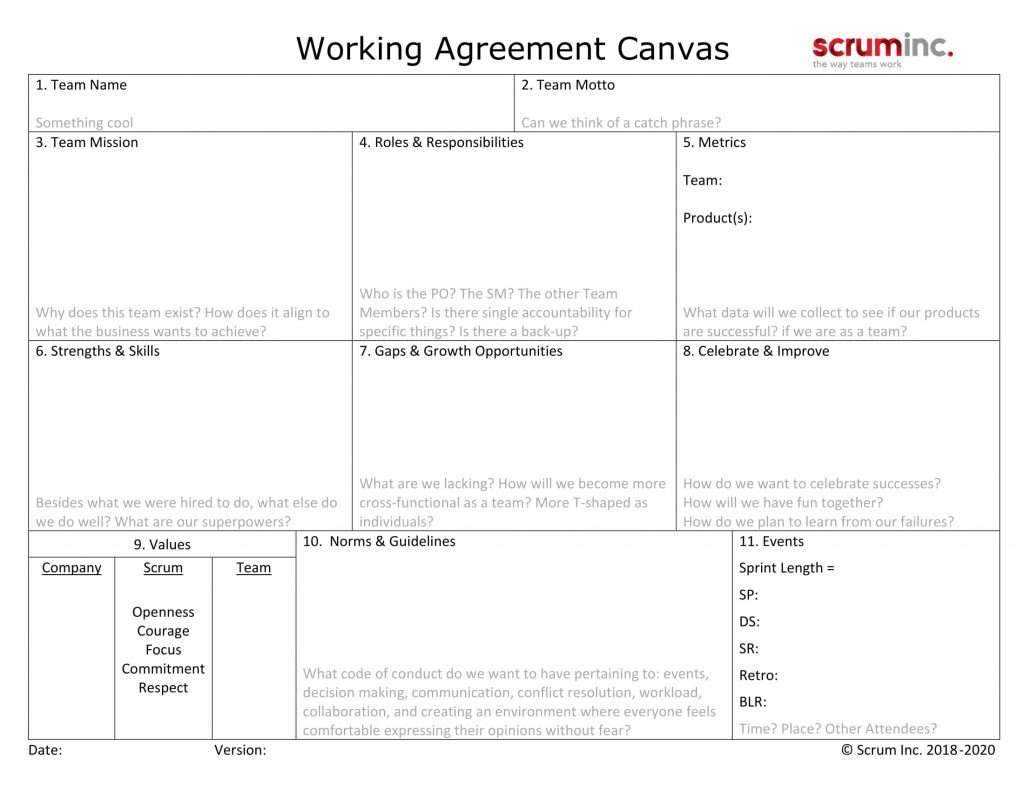
Encourage Team Autonomy
Agile teams are self-organizing teams. The team chooses when and how to execute their tasks, and they choose who will do what.
They follow the RACI principle (Responsible, Accountable, Consult, Informed). Teams will divide the work into increments or tasks that can be completed within a day or as stipulated in the scrum.
The management does not micromanage the teams, but instead, leaves all the decisions to the team members. Team members have to be confident in their work and then be committed to pushing the goals of the organization.
If the team misses the mark, they have to learn from the mistakes and adapt. The management is not supposed to second-guess the teams or redirect the teams.
It takes training and coaching for the teams to be self-organizing. It also takes mentoring unless a team has had extensive prior experience. Even when teams have experience, a mentor still helps them grow their skills and working efficiency.
When a team is autonomous, they choose their tools and processes. These processes and methodologies can be different depending on what every other team uses. An organization only provides the tools without dictating how the teams use these tools. Teams only need to communicate and collaborate to ensure that projects are on track.
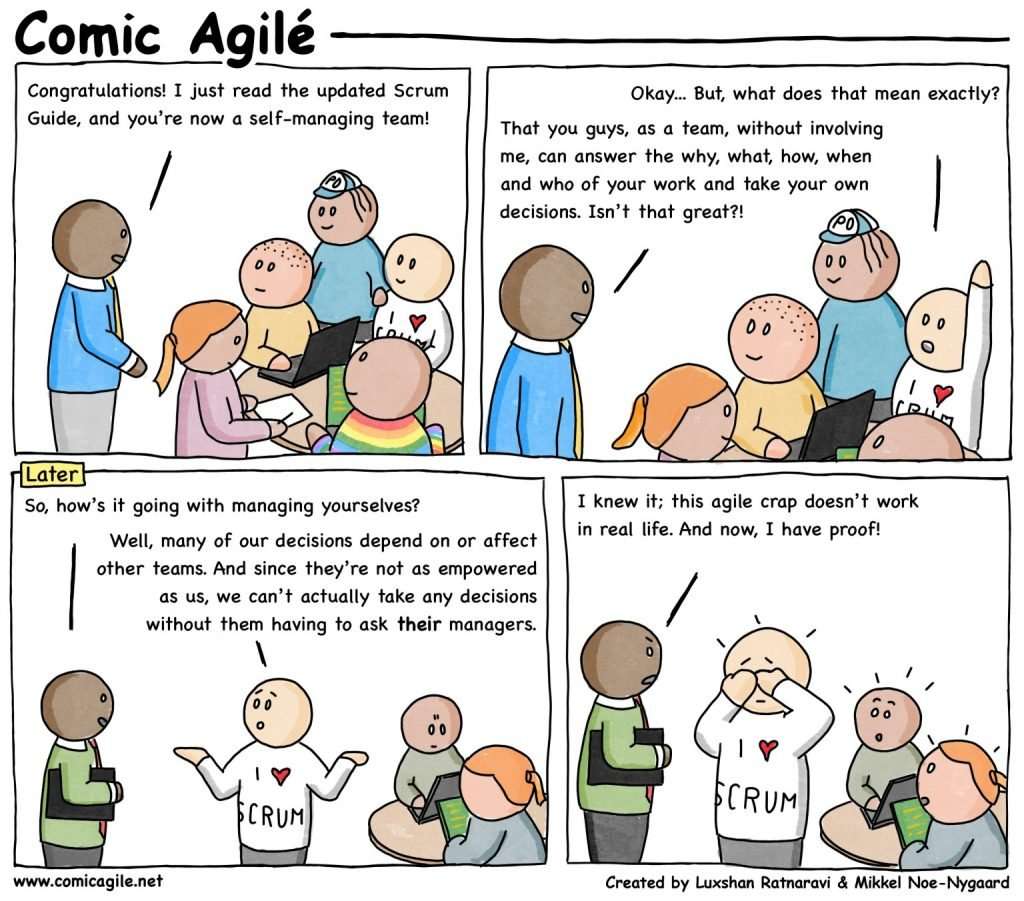
Create Backlog for Products
A backlog is a list of items that should be part of product development owned by the product owner. The backlog is used with a Kanban board or scrum board to allow the stakeholders and the developers to be on the same page. It is a critical Agile practice that enables the team to work collaboratively.
Creating product backlog together ensures there is mutual understanding between the professionals and between the stakeholders. This aligns the vision in a good way and allows teams to set priorities for project development.
Kanban is a card system. Tasks and action items are represented in cards and placed on a board to allow a better-managed workflow. The board shows the entire project in cards and the cards move from one column to the next as a task is complete.
In action, the Kanban board has columns for tasks that need to be done, tasks in progress, tasks in review, and completed tasks.
Scrum boards help teams prioritize tasks. Here, teams set strict periods of time to perform specific tasks. The teams will split their time into sprints that can be a few hours or a few days. These scrum boards show start and finish dates.
Create a Comfortable Workplace
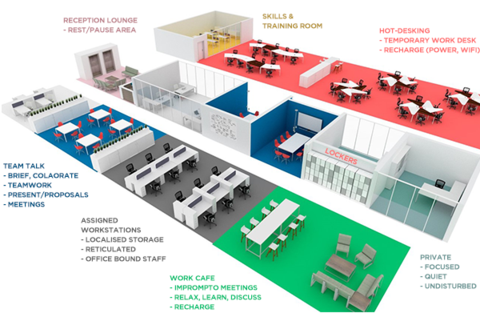
It takes motivation to see a project through within the stipulated time. The development cycle is intense and to get the job done, passion alone is not enough. Agile teams have the passion to see a project through, but they still need the motivation to enjoy every day they are at work.
The motivation can start by having an Agile office plan where the team works together. An open office plan allows teams to check on each other and keep each other motivated. According to Maslow’s hierarchy of needs, human behavior is motivated by the pursuit of different needs. If the workplace makes the team feel safe and secure and meets their psychological needs, they will be more motivated to come to work every day.
Effective Onboarding
Agile teams benefit organizations that operate in dynamic markets. Before adopting agile team collaboration, organizations need to explain to the teams how the process works and why they need to adopt it.
The process will help teams to develop projects within short cycles to achieve a faster development-to-market process.
Teams will need to apply methodologies created to produce high-quality work to produce tested software within a short time. There are so many changes that teams using traditional methodologies have to make to adopt agile team collaboration.
Effective Communication = Face to Face Communication
If there is no clear communication, teams might have problems working together.
One of the most important practices in agile collaboration is face-to-face communication. Launching the teams and keeping the teams going requires constant face-to-face communication so that everyone understands what they need to do and how that will benefit the project.
After launching the teams, the management can hold daily meetings to identify the challenges and iron the processes out so that every member is on board. These meetings also help the members to bond and create trust for a smooth working relationship.
For Agile collaboration to work, the teams have to be tight-knit and everyone needs to understand what they need to do and why they are doing it. The seven C’s are: clarity, correctness, conciseness, courtesy, concreteness, consideration and completeness.

Focus on Execution
Agile teams are all about following the set steps, making necessary changes, and focusing on the goals. Every team member knows what they are supposed to do, and they need to do it to be at par with the others based on the stage of development.
Instead of spending so much time doing analysis, teams need to spend time working on tasks on the Kanban board or on the scrum board. This way, the development process will take a short period and teams can achieve more within a short time.
Agile practices encourage teams to use visual boards that keep track of project progress. Further, remote teams can use software, such as Trello, that helps foster discussions and collaboration across teams.
Virtual teams can then co-plan, track progress, and ensure there is frequent communication. By using such tools, teams never have to stop to analyze the progress and lead to effective team collaboration.
Solve problems with experiments
If an organization is having agile teams for the first time, teams may experience so many challenges. In the spirit of creating autonomous teams they need to considered a self organizing team.
Remote organizations have to provide a safe environment for teams to fail, learn from the failures, and find solutions to their challenges.
The first step is for teams to establish trust amongst themselves. Establishing trust can take time, especially where teams are drawn from different institutional departments.
As such, the agile project manager has to allow the teams time to find their groove and establish their ground rules. Product quality should be protected by test frameworks and the integration team.
Because teams have to choose tools and methodologies autonomously, the process will not be smooth the first time. Teams may fail or they may take longer than intended to create a product.
Even as teams take risks and experiment with different tools and processes, the management needs to provide them with a mentor. Mentors can help teams find their groove faster and set their working agreement so that they can hit the ground running.
Embrace Change and Evolve Communication
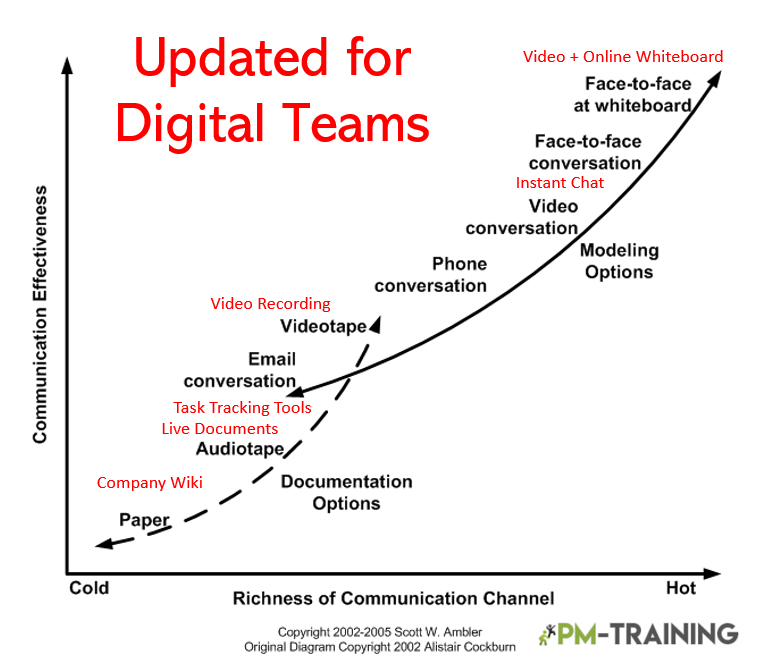
A good practice for Agile teams is to examine their performance and find ways to perform better. The team has to commit to always improve their processes and methodologies and find better tools. Further, the teams have to be ready to figure things out on their own and tweak their mode of operation.
Members have to hold meetings where they share what went as planned and what went wrong. Members need to suggest what to start doing, stop doing, or continue doing to improve the process.
Team members have to take their reflective meetings to heart and change their behaviors accordingly. Over time, the team will streamline their processes so much that they may not need frequent meetings.
Members need to value the input of each other if they are to evolve together. They also need to employ the use of technology in making their processes better.
Support Virtual Agile Team Collaboration
Th biggest change over the last year is the move to remote distributed teams. Even remote team needs to establish a foundation for building trust, facilitating easy communication, and defining work disciplines.
Avoid Silos for constant Communication
Traditionally, teams have always compromised or members with the same skillsets sitting in a department. These traditional departmental gridlines separated professionals and placed them into groups that would not see a complete project through.
Agile teams are groups of people with different skill sets and from different organizational departments who are ready to see a project through from start to finish.
The larger organization should provide the best collaborative environment so that teams can work efficiently from different departments.
With team members from different departments, product lines, a project will not stall as there are all professionals on board. Individual team members can then have cross-team daily standups where teams share updates and knowledge.
Agile Collaboration Team Games
Agile collaboration games encourage team members to engage with each other and with customers and stakeholders. The collaboration games online are about building a team spirit so that teams can build a better relationship with each other.

One of the agile collaboration games members can engage in is “Broken Skype.” In this game, the members talk using only hand signals. Members will use hand signals to pass messages across and then analyze whether the message goes to the recipient as it was supposed to after it passes through a few people.
Another game is the “Uninterested Listener.” Here, members sit in pairs. One member talks about a topic they are passionate about while the other sits and acts uninterested. They will then switch. After the game, the members can say how it feels like to be ignored when talking and how it feels like to ignore someone.
The other common agile collaboration game is the “123go Clapping Game.” A team leader tells the members to clap once and quickly when he or she says 123 go. You can say go too early or delay saying go and see how the members respond. This game shows members that they should think before they respond.
Teams can develop their own games to make the work environment interesting.
Use Agile Dashboards
Using agile dashboards is the first step in improving your agile collaboration performance. The boards are supposed to inspire emotion or action from the team members.
By using dashboards, members are able to learn from the tasks of yesterday to improve the efficiency for today and tomorrow. The dashboard lets you track the efficiency of the Agile methodology in work.
The dashboard will show what brings value to the team and what doesn’t. Your team dashboard should only have data that the team considers relevant. If it is not clear where the team needs a price of data, take feedback from the members and alter the dashboard.
It takes a tweak or several tweaks to get the data that is most relevant to the team and the stakeholders. Your dashboards should have the following:
Burn Up Charts
This is a representation of the work done and the work that still needs to be done. It is like feedback to the project stakeholders, and it helps the teams anticipate any delays in the progress.
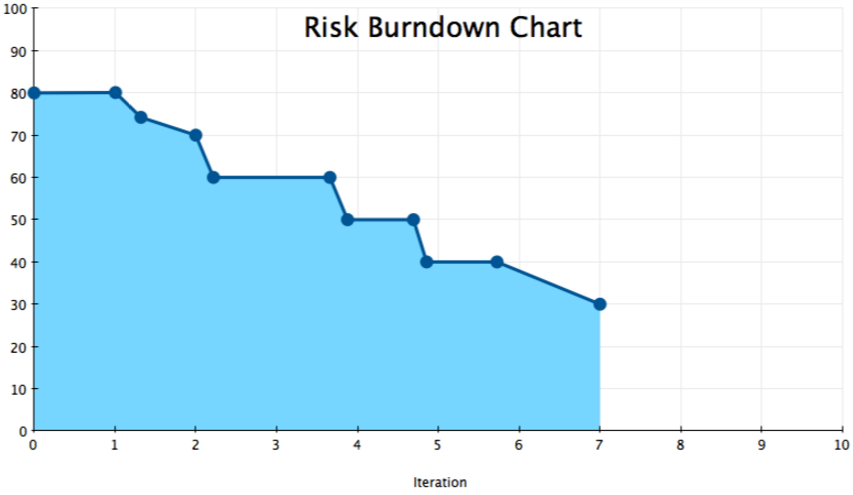
Project Risks
Here, the team looks at any potential challenges they have experienced and they might experience.
Delivered Business Value
It is an estimation or product backlog, and it shows how much work has been delivered.
Raise Highlights
These are topics that come up as the team continues working on the project. They are topics worth raising in a meeting, and they are important to all team members.
Schedules
A tool showing the time elapsed for the project and also the time allocated for that project.
Status
It shows the status of a project in relation to the timeline, set goals and objectives, risks, and other factors.
